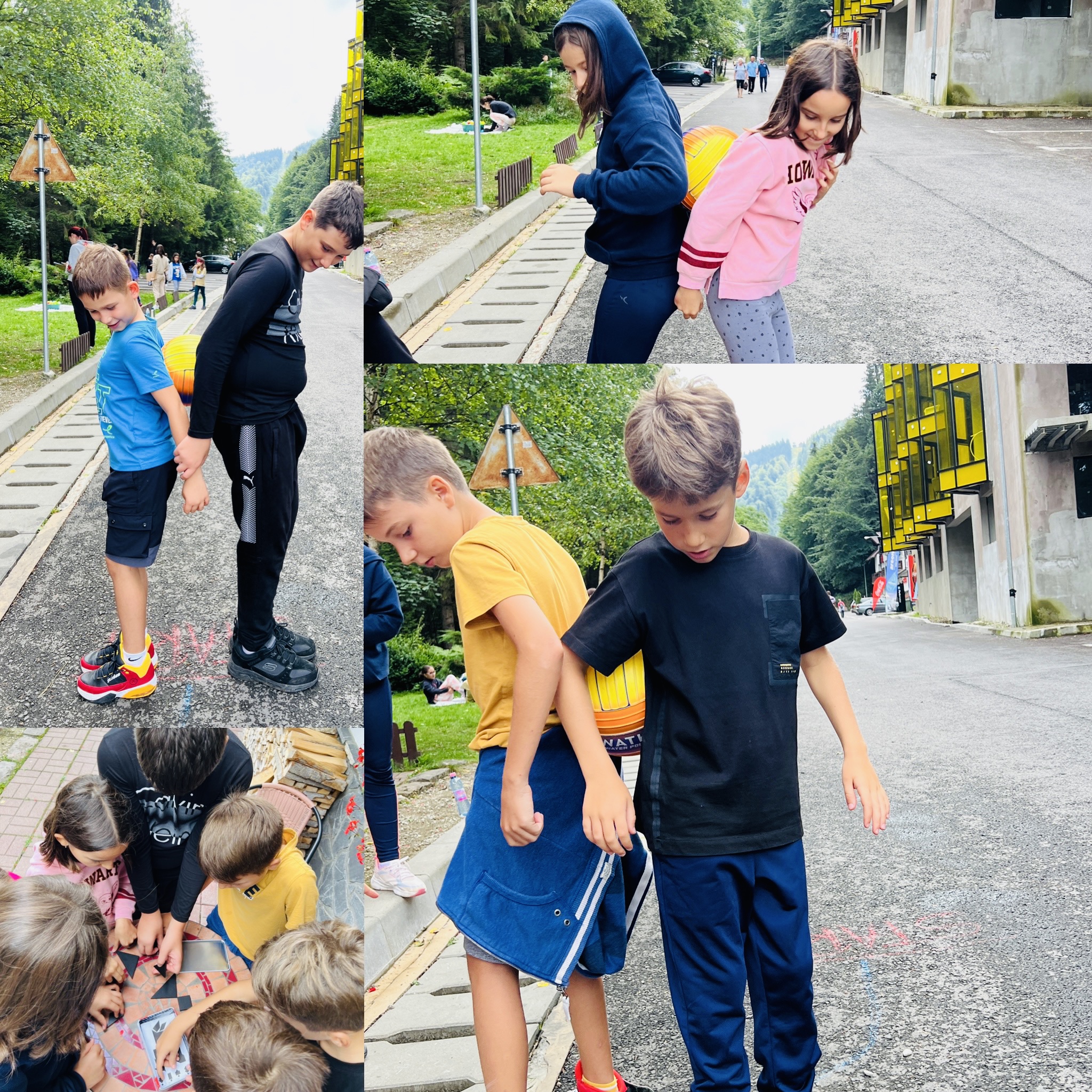
How to develop problem-solving skills: methods and techniques
Children face a variety of situations and problems every day, from academic difficulties, problems on the sports field, tensions with friends or peers, and difficulty managing their own emotions and thoughts. However, few of them have a suitable strategy for overcoming these moments and manage to react in a balanced way in front of them. Problem-solving skills are essential for running day-to-day activities, cultivating a flexible mindset with a focus on growth and development, and achieving goals.
The 5 steps of problem solving
When children know the solution mechanisms for certain situations, they have a clarity and manage to act more efficiently and confidently to solve the situation encountered. In the specialized literature, researchers point to the following 5 stages in order to solve the problems:
Identify the problem
The first step to solving a problematic situation is to be able to identify it. Simply stating the problem out loud can make a big difference to kids who feel stuck.
Develop at least five possible solutions
Here, brainstorming about possible ways to solve the problem is the most useful thing you can do with your little ones. Emphasize that not all solutions are necessarily good ideas (at least not at this point). Children understand from this exercise that they need to look at the situation from several perspectives and be creative in finding answers.
Advantages and disadvantages of each solution
It is valuable to identify and note the potential positive and negative consequences for each identified solution.
Choose a solution
After the child has evaluated the possible advantages and disadvantages, he must choose the most suitable solution.
The identified solution must be tested
It is valuable for little ones to understand that there is no magic recipe for solving problems, but every idea identified as a possible solution should be tested. It is also important for the little ones to accept that the results they get after applying the solution may be different from what they want, and this leads them to repeat the process.

Problem solving for 3-6 year olds
One of the most important parts of problem solving for children is managing emotions. Often, when children face challenges that frustrate and upset them, they may not be able to manage these strong feelings. It is important that before anything, the little ones manage to process and control their emotions.
Problem solving for 6-9 year olds
By the age of 9, children manage to regulate their emotional system and consciously direct their attention to solving situations. It's a great idea to help kids find the root of the problem.
Problem solving for 9-11 year olds
Children at this age are better equipped to solve problems on their own. However, the problems only increase as we grow, and their solutions become just as complex. A great way to solve a difficult problem is to break it down into smaller, manageable steps.
Problems are numerous in our life. From math problems to emotional problems, tangled situations with those around you or in any field. The best thing we can do is learn to deal with them effectively. Problem-solving skills build a child's self-confidence and self-esteem, train their attention and creativity, and prepare them for real-life situations both professionally and at school, as well as personally.
*Article written by Veronica Dunga, KEN Academy trainer.
